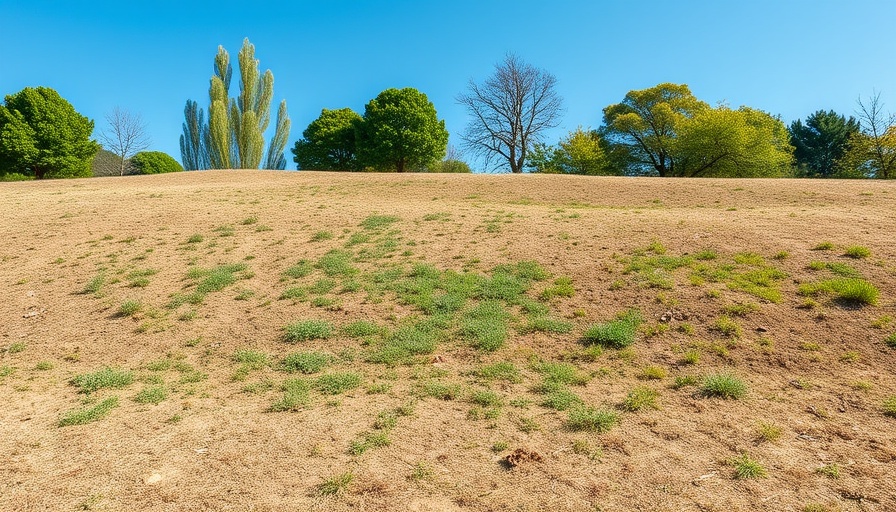
Preparing Your Lawn for Winter: Essential Fall Care Tips
As autumn sweeps through the Mid-Ohio Valley, it’s that wonderful time of year for homeowners, DIY enthusiasts, and lawn care aficionados to get their hands dirty and prepare lawns for the colder months ahead. With the right fall lawn care routine, you can ensure your grass stands firm against winter pressures and bounces back beautifully in spring.
Key Fall Lawn Care Maintenance
Though drought conditions have persisted recently, September remains the prime month for vital lawn care activities. This is the perfect time for seeding, aerating, fertilizing, and controlling weeds. Keeping your mower’s cutting height at around 3 inches or higher is essential, as shorter cuts put unnecessary stress on grass, particularly in dry conditions. Ensuring proper soil health through nutrient testing can dramatically improve winter resilience. It’s recommended to test your soil at least every three years for optimal nutrient levels and pH balance.
The Importance of Aeration and Soil Amendments
Aeration can transform your lawn by allowing oxygen to penetrate the roots, improving the efficacy of fertilizers and promoting water absorption. This process loosens compacted soils and breaks up thatch, giving roots room to grow. Additionally, amending your soil with organic matter, lime, or compost not only improves its structure but also fosters fertile ground for the coming spring. Fall is an ideal time for soil amendments, as reactions from these amendments have time to develop before new growth begins.
How to Successfully Control Weeds
While many homeowners focus on weed control in spring, fall is actually the golden period for tackling perennial weeds. As these plants send nutrients back to their roots in preparation for winter, applying broadleaf herbicides becomes much more effective now. For best results, always adhere to product guidelines and instructions to prevent damaging your lawn.
Enhancing Your Lawn with Fertilization
As the temperatures drop and daylight wanes, the ideal conditions for root growth begin. Utilizing a fall fertilizer regime—especially targeting cool-season grass types such as bluegrasses, fescues, and ryegrasses—fosters healthy roots that will store nutrients for the spring season. Think of fertilizing as a financial investment in your lawn’s future: a little effort now translates into a lush landscape later. If a vibrant green lawn is your goal, consider a schedule of fertilization in April, mid-September, and again in late October or early November.
Making Smart Choices in Lawn Care Products
Knowing the right fertilizer can significantly impact your lawn's health. A fertilizer labeled 10-10-10, for example, indicates an even mix of nitrogen, phosphorus, and potassium, ideal for various lawns. Understanding the importance of these nutrients can help you select the best products like lawn fertilizers with bug control or specific types that target autumn growth. When contemplating which products to use, take the time to research local fertilizer suppliers—those that cater specifically to the Muskegon area can guide you toward the best solutions.
Conclusion: Preparing for Winter
With the cold months approaching, taking proactive steps today can ensure your lawn thrives when spring arrives. Whether it’s aerating to improve root access or choosing the right fall fertilizer, make these simple practices part of your fall routine. Engage with your local lawn fertilization experts in Muskegon to determine the best products and practices tailored to your specific lawn needs.
So roll up your sleeves and embrace this season of preparation; after all, a bit of care now leads to lush, healthy grass when the warmer months roll around.
 Add Row
Add Row 
 Add
Add 


Write A Comment